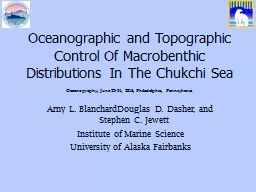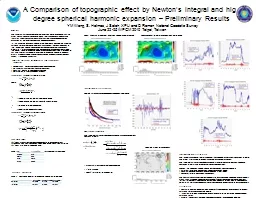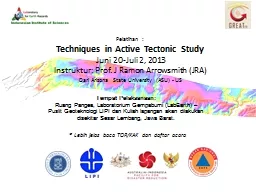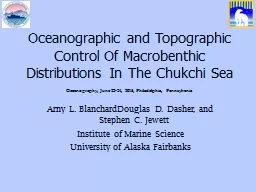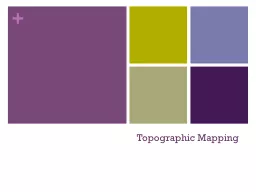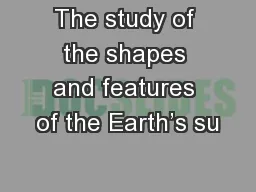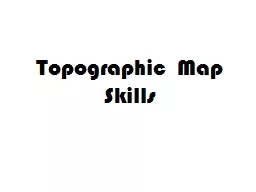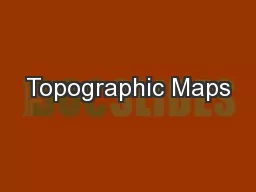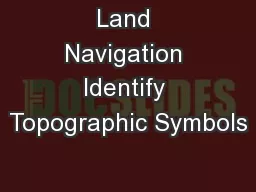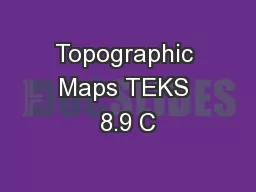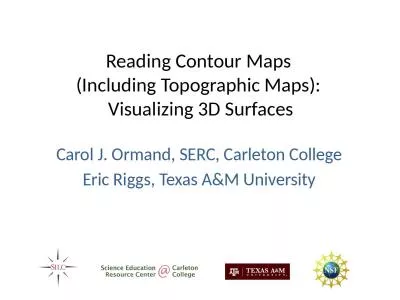PPT-Oceanographic and Topographic Control Of
Author : pasty-toler | Published Date : 2016-05-14
Macrobenthic Distributions In The Chukchi Sea Oceanography June 2224 2015 Philadelphia Pennsylvania Arny L BlanchardDouglas D Dasher and Stephen C Jewett Institute
Presentation Embed Code
Download Presentation
Download Presentation The PPT/PDF document "Oceanographic and Topographic Control Of" is the property of its rightful owner. Permission is granted to download and print the materials on this website for personal, non-commercial use only, and to display it on your personal computer provided you do not modify the materials and that you retain all copyright notices contained in the materials. By downloading content from our website, you accept the terms of this agreement.
Oceanographic and Topographic Control Of: Transcript
Download Rules Of Document
"Oceanographic and Topographic Control Of"The content belongs to its owner. You may download and print it for personal use, without modification, and keep all copyright notices. By downloading, you agree to these terms.
Related Documents

